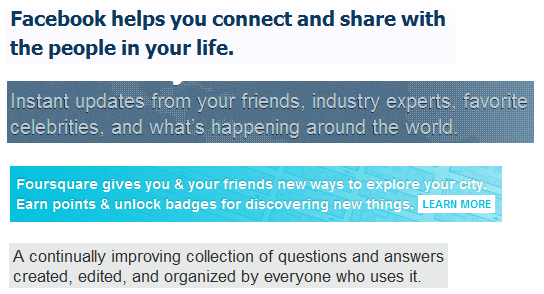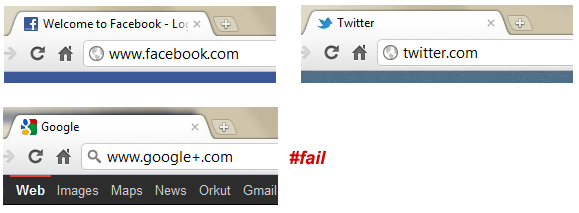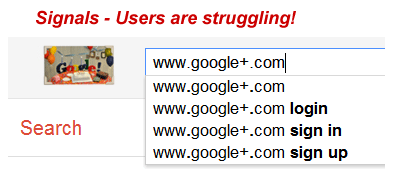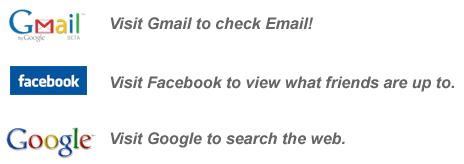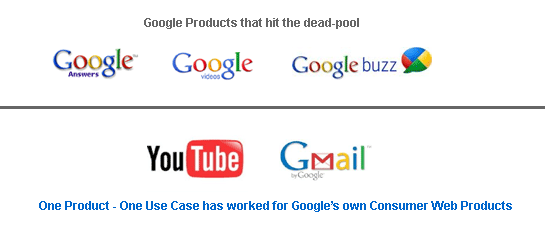Most conversations with entrepreneurs and product managers who want drive engagement and bring viral features to their products are answered as ‘We will gamify our product through features’. This post is about clearing some nuisance around the topic of gamification in products.
Gamification has nothing to do with building features. In fact, even Product Management has nothing to do with building features. It is not a rocket science, product managers usually figure out the ‘building features’ part of it with time and experience.
“People don’t buy products. They buy better versions of Themselves.”
So how do you ‘connect’ users with your product? Not through features, not through gamification, but by triggering certain emotions with your users.
Gamification = Getting People Emotionally Engaged with Product.
Below are some of the most powerful emotions people have along with few examples that will help you figure out how get users to emotionally engaged with your product / startup.
PS: The number of emotions could be more, I have referred to only 14 here.
1. Expression
Expression – People love to express themselves. Enable it.
Products that allow users to express themselves:
- Tumblr
- Medium
Products that allow users to express themselves anonymously:
- Secret
- Whisper
- FML
Tip: ‘Expression’ is used as a core use-case in product.
2. Acknowledgment
Acknowledgment: People love getting acknowledged. With interactions & endorsements.
Help people getting acknowledged. They love it!
- LinkedIn – Recommendations & Endorsements are social acknowledgments which users love.
- Twitter – Retweets and Replies on tweets are great way to be acknowledged.
- Facebook – Likes & Comments are acknowledgments to status messages users shares
- Quora – Upvotes & Comments is acknowledgment to your answers.
- Tumblr – Love & Reposts are acknowledgments to you posts.
Tip: ‘Acknowledgments’ lead to ‘User Notifications’ which further lead to Engagement. Always build features that enable acknowledgments in products that use ‘expression’ as use-case in product.
3. Exclusivity
Exclusivity or Privilege: People love being privileged. Make it exclusive.
Make it exclusive. No one likes the feeling of being left out.
- Gmail – Gmail invites were exclusive to few users. People were ready to buy invites off Ebay.
- Quora – Only existing users can invite new users.
- Pinterest – Users need to apply for access. After few days they were granted it.
- Mailbox – Users were in queue to get access to the app.
Tip: ‘Exclusivity’ works best for initial referral program for driving sign-ups.
4. Being Cool
Being Cool: People want to be Cool. People want others to know they are Cool.
Make your users look cool when they share your product.
- Frontback – Share a snap along with a selfie. Lets users be cool.
- Vine – Short cool creative videos.
Tip: ‘Being Cool’ will help you drive sharing on Social Networks.
5. Nostalgia
Nostalgia: People have memories. Sweet Memories. Remind them about it.
Remind users about some of the best times they have experienced.
- Timehop – Complete product is built around Nostalgia. Reminds users of special moments from the past.
- Facebook – 2014: Year in Review videos
- Twitter – 8th Anniversary: Which was your first tweet.
Tip: ‘Nostalgia’ helps get back old users and revives their interest. Can be only used once in a year on special occasions.
6. Curiosity
Curiosity: People want to know. They fear on losing out. Keep them curious.
Keep users curious. Keep them looking for more.
- LinkedIn – The feature ‘who viewed my profile’ tries to keep its users curious, and engaged.
- Twitter – Catching up with Timeline, mostly is the fear of losing out.
- BuzzFeed / UpWorthy / ViralNova – All try to trigger curiosity of readers through their post titles.
Tip: ‘Curiosity’ in products helps you increase repeat usage.
7. Competitiveness
Competitiveness: People love to compete with others. Creates a sense of achievement. Make it happen.
Drive users to compete with friends / others.
- Foursquare – The leaderboards between Friends was a great way 4SQ ensured people kept checking in.
- Quora – The feeling of ‘I have a better answer’ or ‘I can answer this question in a better way’ keeps driving engagement.
- Fitbit – Leaderboard that tracks your fitness with friends.
- Hackrank – Programming challenges.
Tip: ‘Competitiveness’ leads to greater engagement. Though its novelty in private group is lost after some time.
8. Stay Organized
Stay Organized: People love to organize things. Organize everything. Make it happen
Give users stuff that they want to sort / organize. Keep them busy.
- Pinterest – Lets you organize pins / interests/ stuff you love.
- Evernote – Organize all your notes.
- Wanelo – Organize fashion stuff. Ask girls how much they love doing this.
- Calendar / Contacts – They are always in a mess. Its a never-ending struggle to organize this. Google Contacts & Google Calendar help you keep them in place.
Tip: ‘Staying Organized’ helps your users spend more time in your product. It soon becomes a habit.
9. Importance
Importance: People love to feel important. Its about them. Their identity. They want to show off.
Make your users feel important about themselves.
- LinkedIn – My professional achievements., that is how a user sees it.
- Twitter – My views. My opinions., that is how a user tweets.
- FourSquare – Checkin is telling the world – I am here.
- About.me – This is me. This is my identity.
Tip: ‘Importance’, everyone wants to be important. The product usually ends up being shared, talked about – and results in others wanting to do the same.
10. Authority
Authority: People love to display their authority on a topic. Give them opportunity to do that.
Help create authority for users. Users want to be acknowledged as influencers by others.
- Quora – Authority by Topics. Asked to Answer is being authoritative.
- StackExchange – For programmers.
- HackerOne – For hackers.
- Hacker News – For Geeks.
Tip: ‘Authority’ is the importance others in a community or forum assigns to select users. Users want to be acknowledged as being authoritative, it helps increasing engagement and spending time on the product.
11. Visual
Visual: People love stunning visuals. Its a powerful emotion.
Visuals create impact in product. Don’t miss on it.
- Instagram – Personal Emotions.
- Flickr – Professional Emotions (yes unfortunately for Flickr).
- 500px – Photography community.
Tip: ‘Visual’ is a substitute to all unsaid emotions. Use well when your product is build around pictures and photographs.
12. Freebies
Freebies: People love Freebies. Badges. Credits. It all works.
Freebies work. Make use of them correctly.
- Quora – Credits users get when other upvote their answers.
- FourSquare – Badges for Check-in.
- Uber – Credits to Refer Friends.
- Facebook / Twitter / Google – Regularly use Advertising Credits to on-board new advertisers.
Tip: ‘Freebies’ – use it only for one purpose. Can be used for activations, sharing or driving engagement. Use it for one use-case that can measured.
13. Money
Money: People want to make Money. People want to receive Money.
Money is one of the strongest emotions. Portray it positively.
- Google Adsense – Opportunity for bloggers, individuals, publishers to earn money online.
- PayPal – Receive money from anyone.
- Elance – Get paid for free-time work.
- Kickstarter – Raise money for your projects.
- Gumroad – Make money by selling digital goods.
Tip: ‘Money’ – Receiving Money / Making Money is a positive emotion. Giving away is negative.
14. Sex
Sex: People want Companions. People want Dates. People want Sex.
Keep it simple, keep it safe.
- Tinder – Helps you find date.
- Match.com – Helps you find date.
- OkCupid – Helps you find date.
Tip: ‘Sex’ – It is more about selling the Hope. Keep the product simple. Don’t over engineer.
Concluding Notes:
When you build any feature, try to trigger a emotional engagement with user. If you are in early stage of your product development or in process of making your product roadmap, spent some time with this methodology – 15 Steps Towards Building a Great Product.
When it comes to including emotions in your product, ensure the following:
- Use max 2-3 emotions per product.
- Gamification is not about building features. It is about emotionally engaging a user.
- Don’t exploit users. Be subtle. Be good.

